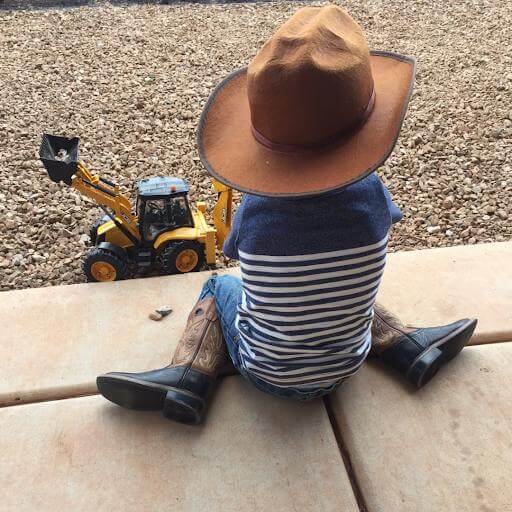All About W-Sitting
Rachel Weitekamp August 24, 2022
Summary
Rachel Weitekamp, owner and director of Sunflower State Dance, shares information about w-sitting and how caregivers can address it with their child if needed.
What is W-sitting?
W-sitting is a seated position with knees rotated in and feet out to the side of the body. Essentially it is a collapsed version of sitting on the knees. It is called “w-sitting” because if you are looking down from above the legs are making a “W” letter.
When is this problematic?
W-sitting is extremely common in children during their crawling stage and is completely fine since children under two years old tend to switch positions often. However once children start spending a longer period of time in the same position is when the w-sit becomes more problematic.
Just because children can do something, doesn’t mean it is good for their developing bodies.
Why shouldn’t my child sit in this position?
Children’s bones are very malleable as they are growing and developing which allows them to be able to do this position and may actually find this position very comfortable because their muscles have very little to do. I bet if you, an adult, tried to do this position, it would be very difficult or not possible and it would hurt. This is because adult hips have fully developed and we do not have that hyperflexibility that young children have. Just because children can do something, doesn’t mean it is good for their developing bodies. Here’s why:
- The w-sit hinders the core from working. Since the knees are stablilizing the upper body, the core gets to take a break and not do its job. It is also preventing the trunk from being able to rotate and the child to move across the midline.
- Core development in early childhood is very important for balance, coordination, gross motor skills, fine motor skills, and and even potty training.
- Promotes internal rotation of the hips and plantarflexion (pointing of the toes).
- Internal rotation of the hip joints can cause pigeon-toed walking which can lead to balance issues and problems with walking in general.
- Plantarflexion for a long period of time can cause tightening of the leg muscles and tendons which leads to toe-walking.

What can you do?
Often if I see a student sitting in the W position, I remind them of what position they are supposed to be sitting. As a parent you can simply remind them to fix their legs. There are great alternative ways that help promote core development:
- Criss-cross applesauce
- Elevate the surface to put the child in a high kneeling position with a lower table or an easel
- Straight leg sit
- Tummy position
- Mermaid sit or side sit with legs bent out to the side
- Using a chair and table instead of the floor
Other ways to promote motor skills and core strength for those kids who habitually like the w-sit:
- Any animal play- bear crawls, frog jumps, crab walks, bunny hops all promote balance and core strength.
- Get out and play at a playground- climbing is great at promoting trunk rotation and core strength.
- Get involved in a sport or dance that will help promote good posture, stretching, and help develop those muscles.
Miss Rachel can be found in Lawrence, Kansas at Sunflower State Dance. Additional reading and resources used for this article include:




